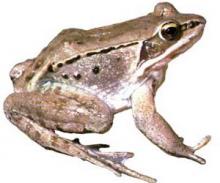Neonicotinoids differently modulate acetycholine‐induced currents on mammalian α7 nicotinic acetylcholine receptors
Neonicotinoid insecticides are described as poor agonists of mammalian nicotinic ACh receptors. In this paper, we show that their effects on mammalian nicotinic receptors differ between compounds.










